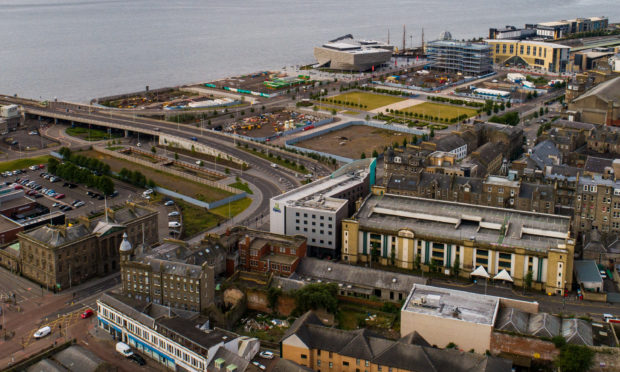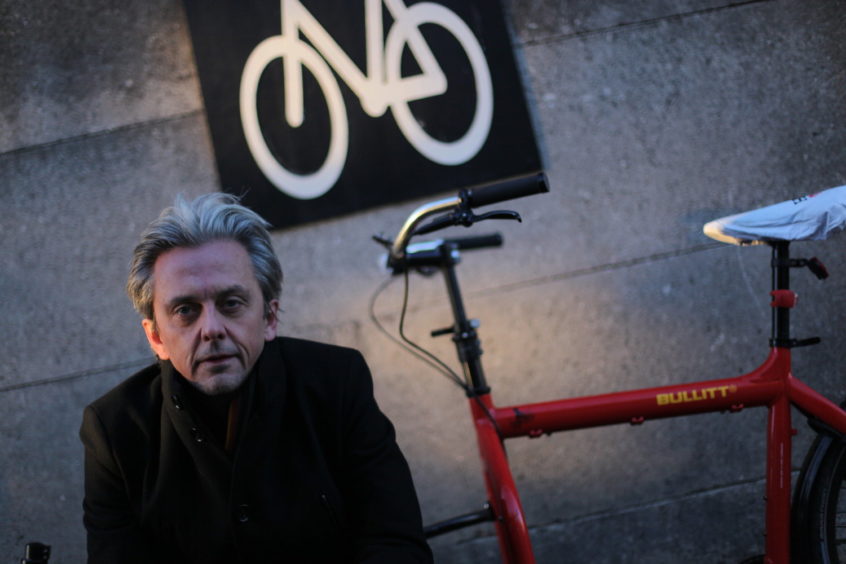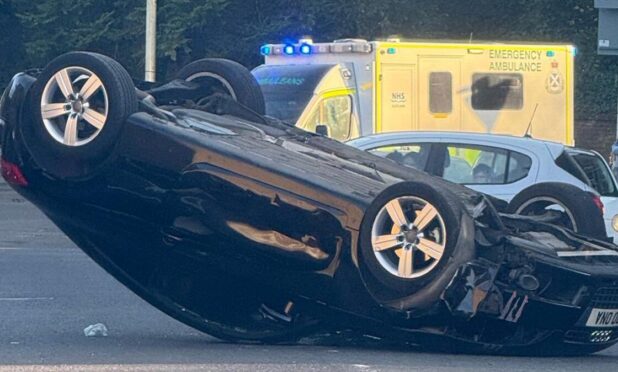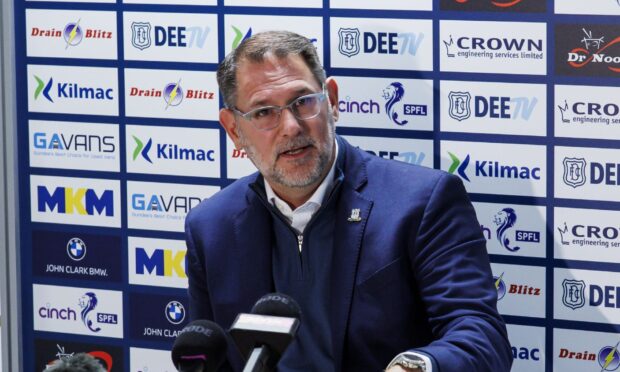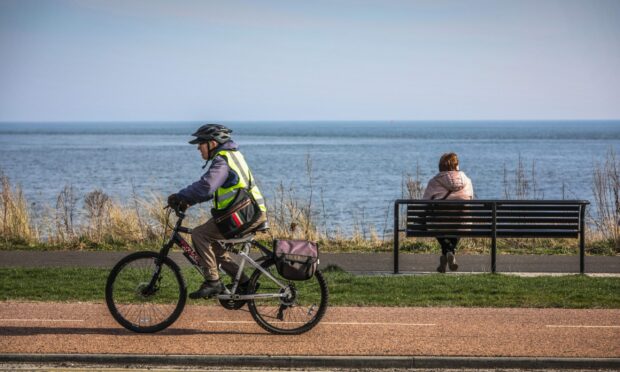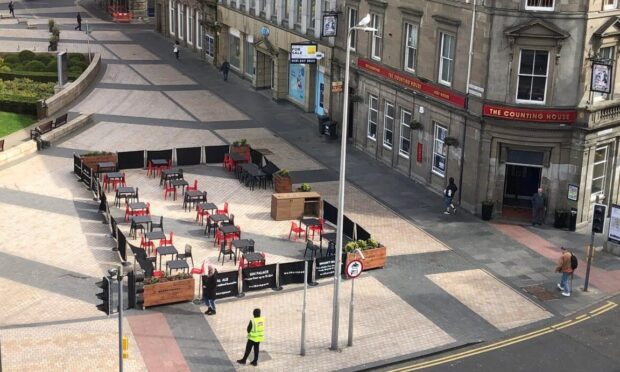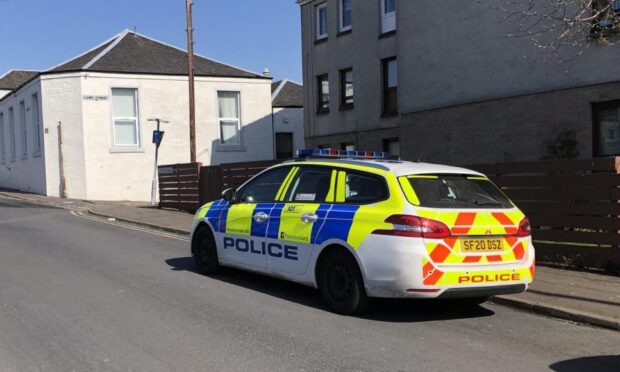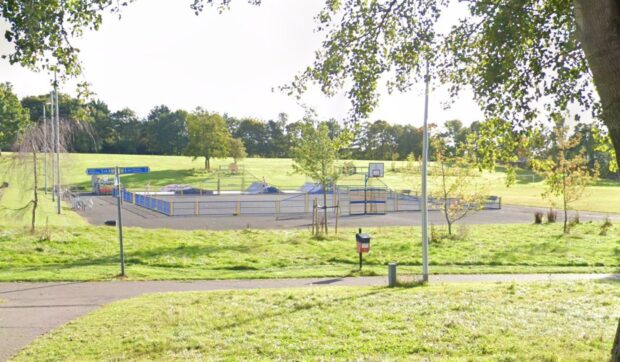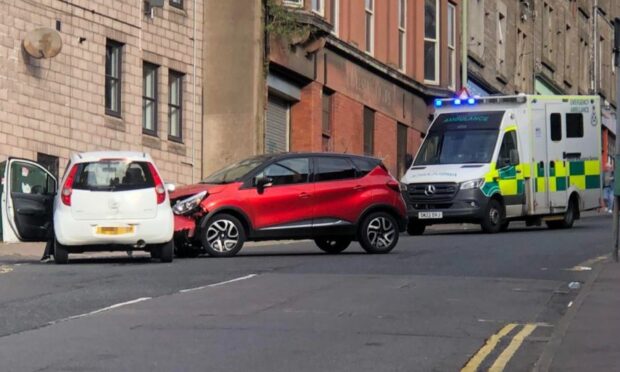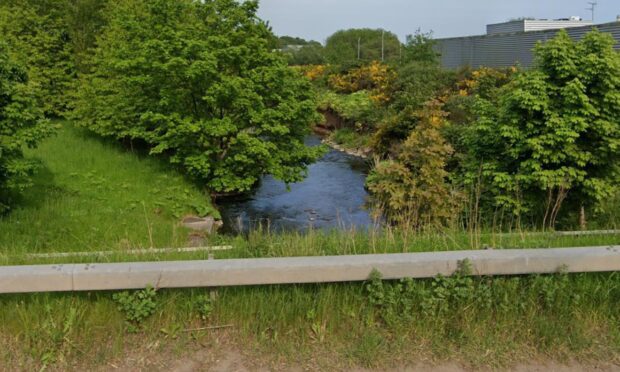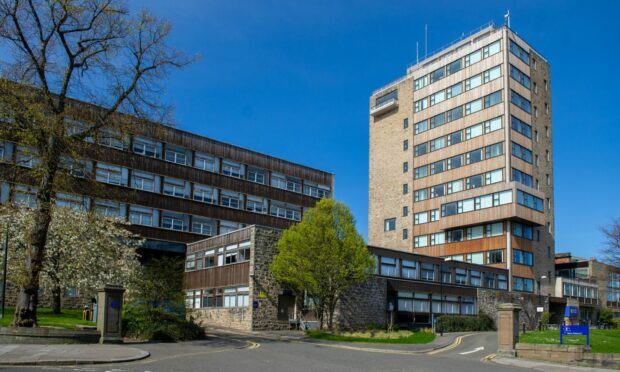One of the world’s leading experts in transforming cities to be more walking and cycling friendly has lambasted Dundee’s waterfront project.
Mikael Colville-Andersen was in the city earlier this week as a keynote speaker at the Sustrans Raising the Standards event.
The urban developer, who was one of the key figures in transforming Copenhagen and rejuvenating cycling culture in the Danish capital, was not impressed with Dundee’s waterfront design.
Ahh. Sunrise over Motordom. #Dundee #Scotland pic.twitter.com/d6lbheibcr
— Mikael Colville-Andersen (@colvilleandersn) January 23, 2019
While Mikael liked the V&A building itself, he took umbrage with the surrounding road system, describing it as “a nightmare” for pedestrians and like “something from the 1950s”.
He said: “I got out of the train station and saw the V&A and thought, oh that’s great.
“But the dominance of cars is so old fashioned. You can’t just build a pretty building and leave it at that. You can’t fence it in like that.
“There always will be cars, of course, but the days of an automobile dictatorship are over in most cities. Dundee wouldn’t want to get left behind.”
“I think Dundee should start improving by stopping, before it’s gone too far. Cycling is the future. It’s not going away.
“There always will be cars, of course, but the days of an automobile dictatorship are over in most cities. Dundee wouldn’t want to get left behind.”
He did have some kind words for the city, however.
“It’s great coming to Scotland, I love it. You have a lot of beautiful old streets in Dundee and there has been some effort into making the roads nice.
“But then you have some American-style roads, where they worship at the altar of the automobile.
“A lot of cities have made that mistake, but they are fixing that. Dundee is making the same mistake, rather than learning from other cities.
“There’s more to it than building a V&A and some roads.”
Mikael said the Copenhagen project took about four decades — with him getting involved around the mid-2000s — but that cities like Paris and Seville are managing similar transformations in “about three years”.
“It’s amazing that Dundee is taking on a system that is already 50 years out of date,” he added.
Yeah… uh… so… not a lot to report on the subject of #bicycle #urbansim in and around #Dundee. Bike racks at a station near the city. Some #bikeshare bikes at the station. Yep… #MicDrop pic.twitter.com/dI56Mod0Bi
— Mikael Colville-Andersen (@colvilleandersn) January 22, 2019
Dundee City Council is currently consulting the public on plans to “reallocate” road space to make way for bike lanes on three main commuter routes into the city centre — taking in Lochee Road, Victoria Road, Dens Road, Arbroath Road, Princes Street and King Street.
However, Mikael warned something like that could not be done without fully committing to segregated bike lanes.
“You can only really have roads and bikes sharing the same road space if the cars are limited to about 20mph,” he added.
“On a main commuter route where the cars can be going at about 30mph or maybe higher, then you would need to create a segregated bike lane away from vehicles, otherwise it’s not safe.”
What a great day in #Dundee at @SustransScot "Raising the Standards" conference. So many good and passionate people. pic.twitter.com/9DTEgULEjH
— Mikael Colville-Andersen (@colvilleandersn) January 23, 2019
